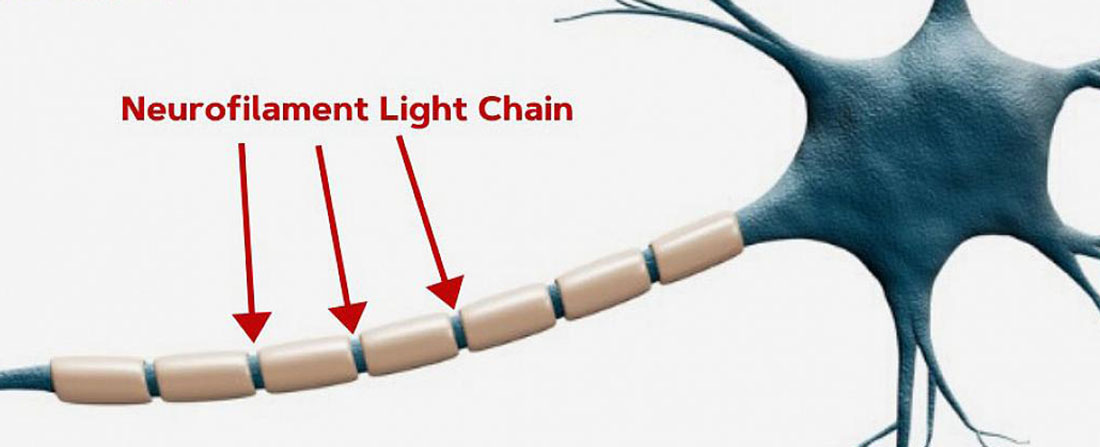Blood-based biomarker can detect, predict severity of traumatic brain injury
A study from the National Institutes of Health confirms that neurofilament light chain as a blood biomarker can detect brain injury and predict recovery in multiple groups, including professional hockey players with acute or chronic concussions and clinic-based patients with mild, moderate, or severe traumatic brain injury. The research was conducted by scientists at the NIH Clinical Center, Bethesda, Maryland, and published in the July 8, 2020, online issue of Neurology.
After a traumatic brain injury, neurofilament light chain breaks away from neurons in the brain and collects in the cerebrospinal fluid (CSF). The scientists confirmed that neurofilament light chain also collects in the blood in levels that correlate closely with the levels in the CSF. They demonstrated that neurofilament light chain in the blood can detect brain injury and predict recovery across all stages of traumatic brain injury.
“Currently, there are no validated blood-based biomarkers to provide an objective diagnosis of mild traumatic brain injury or to predict recovery,” said Leighton Chan, M.D., M.P.H., chief of the Rehabilitation Medicine Department at the NIH Clinical Center. “Our study reinforces the need and a way forward for a non-invasive test of neurofilament light chain to aid in the diagnosis of patients and athletes whose brain injuries are often unrecognized, undiagnosed or underreported."
This page was last updated on Friday, January 21, 2022
